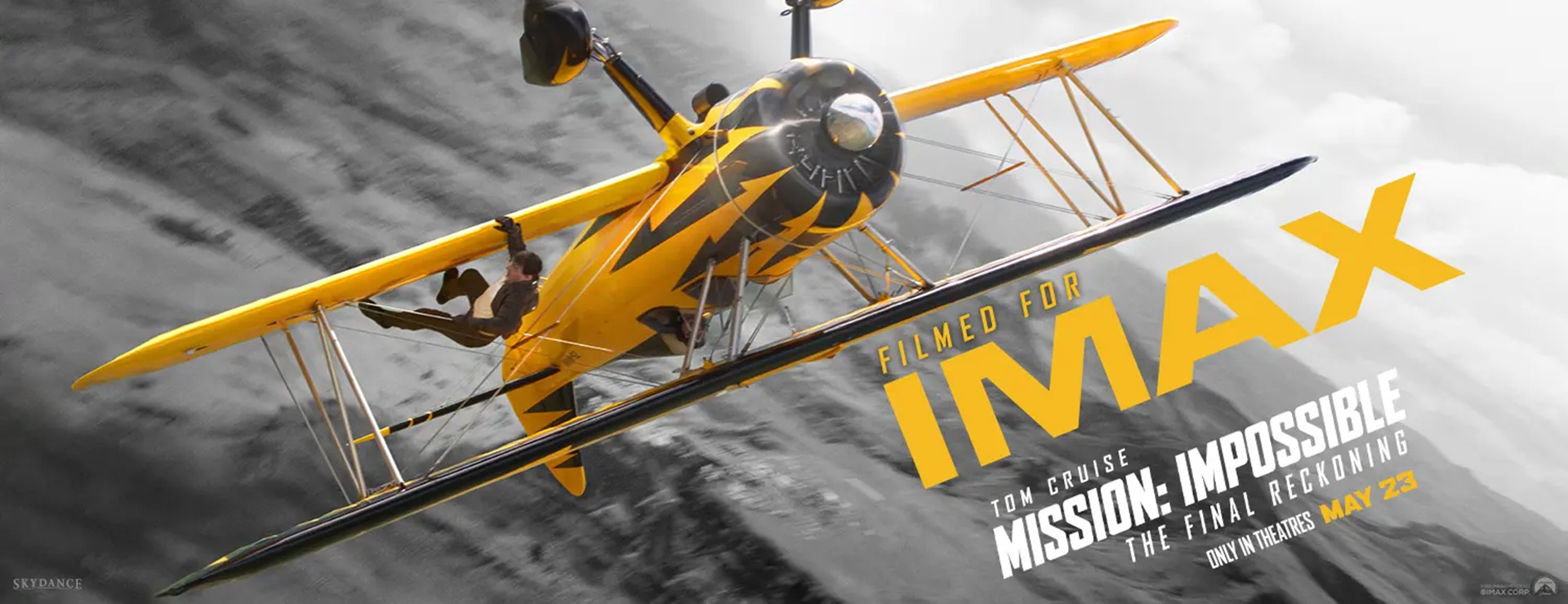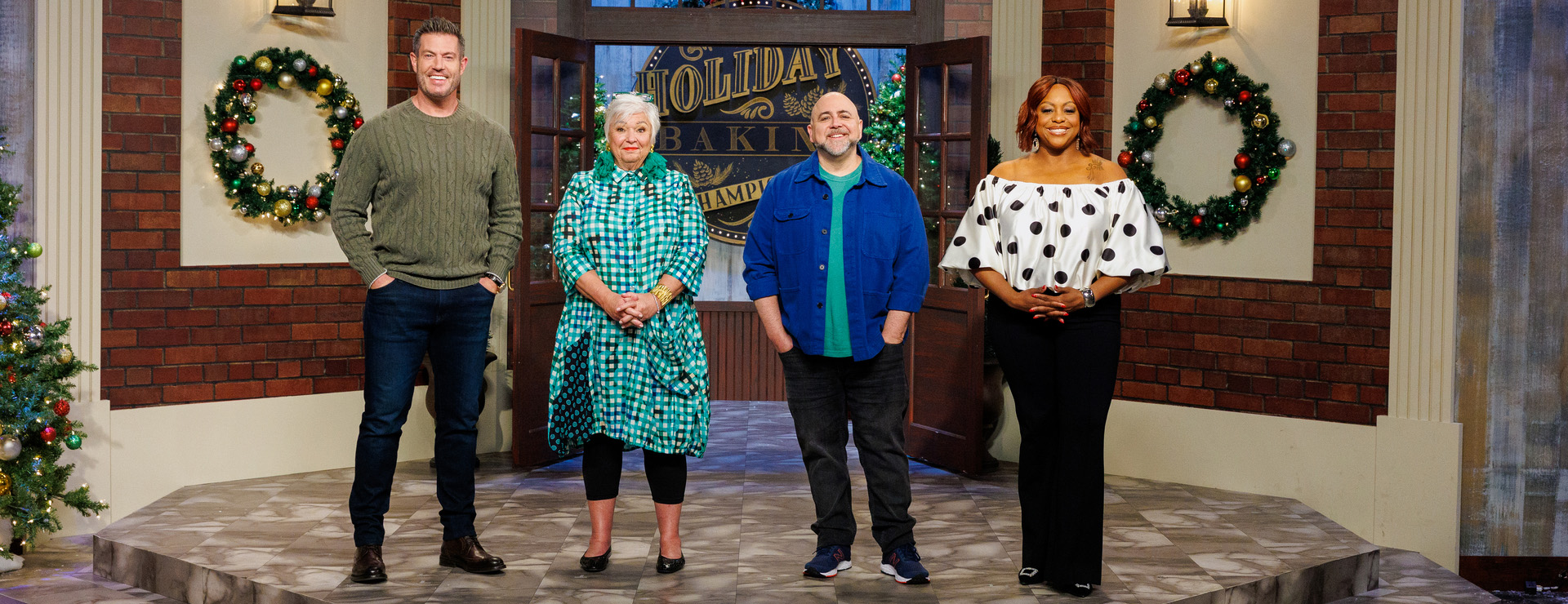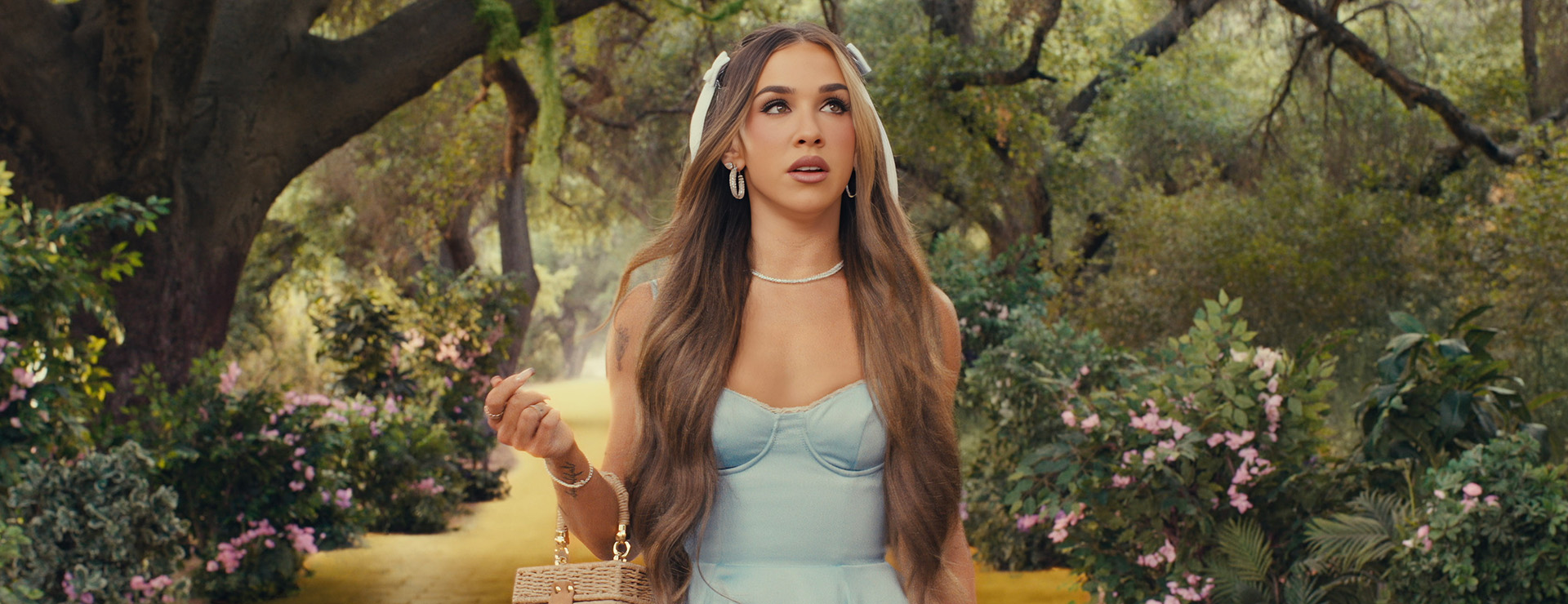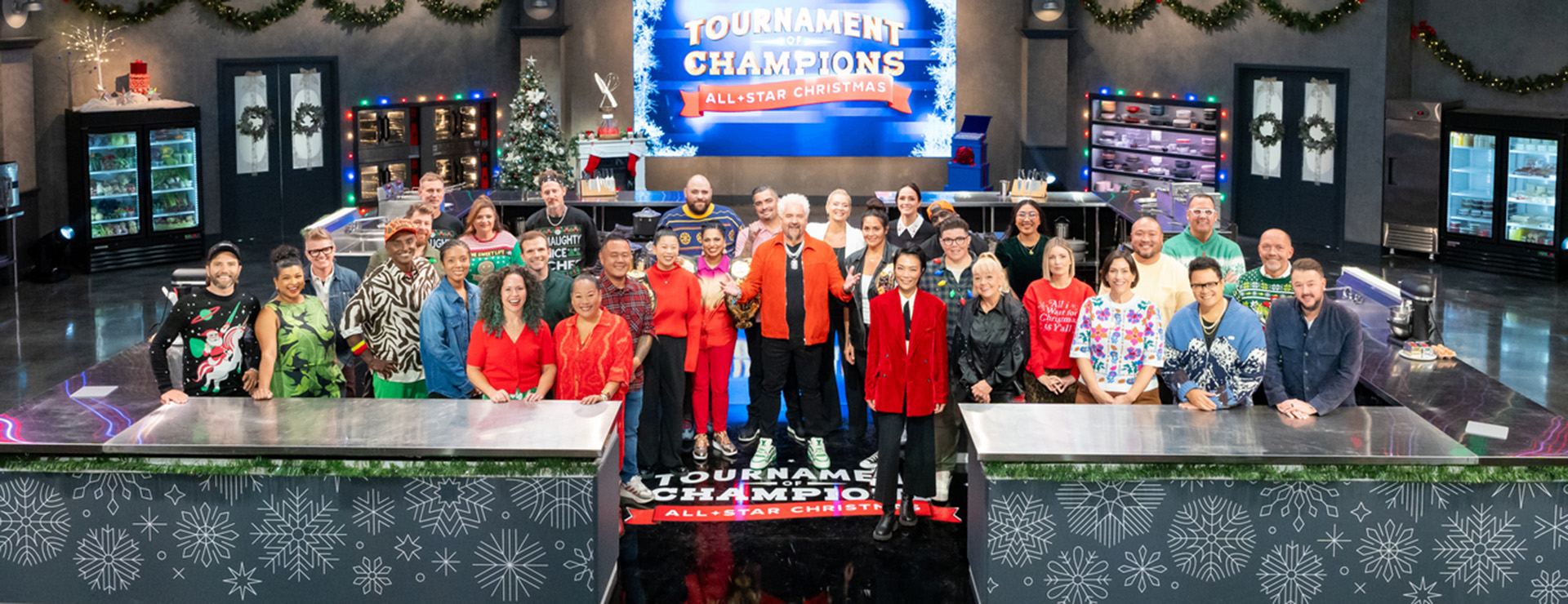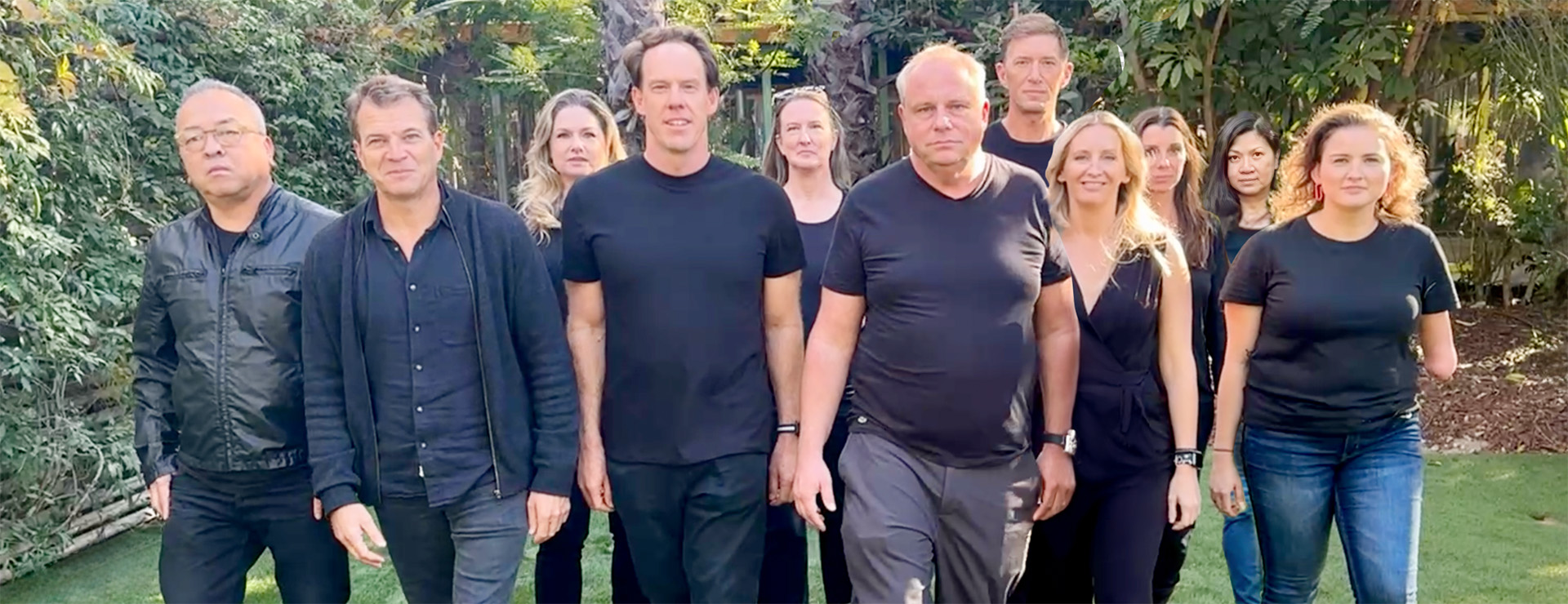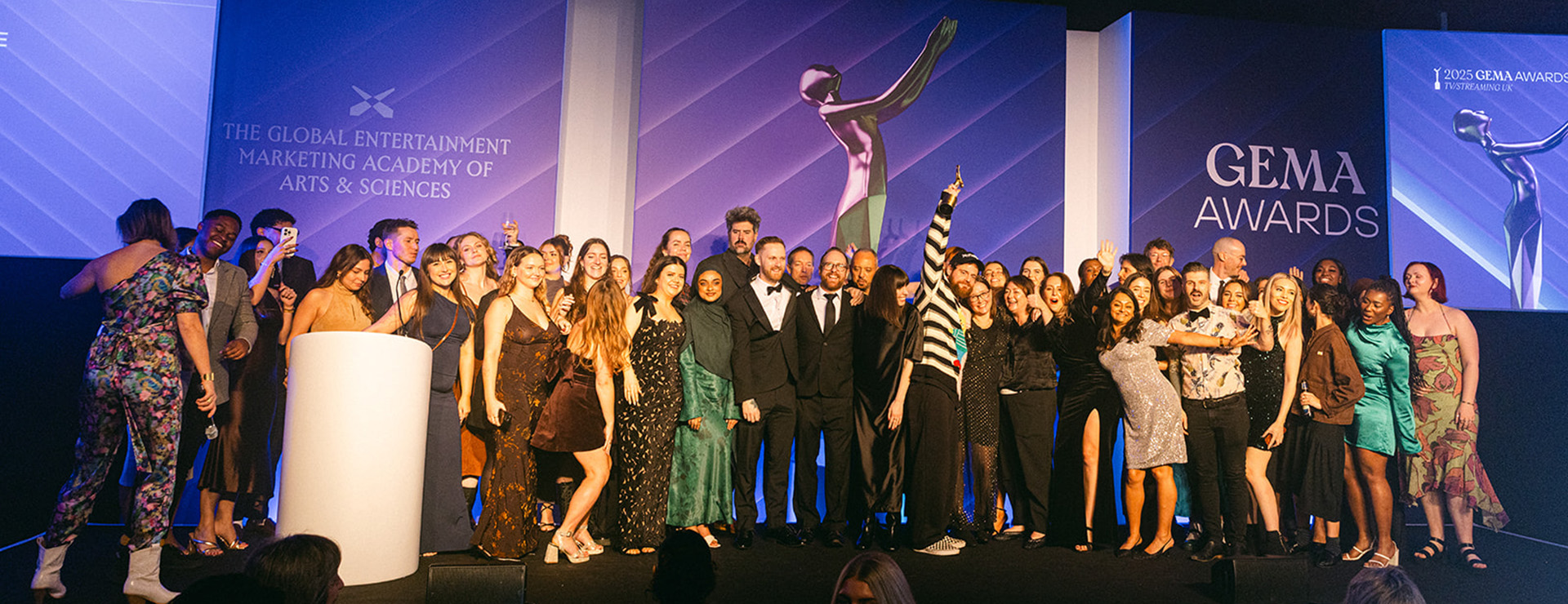Two decades ago, Red Bee Creative split off from the BBC, where it served as the public service broadcaster’s internal creative agency, to become an independent global creative agency. One of its first campaigns was rebranding UKTV’s G2 channel into Dave, which last year rebranded to U&Dave. Red Bee has gone on to work on Netflix’s seminal drama, The Crown, with the BBC on Dr. Who’s 50th anniversary special, as well as with clients like Disney, Dreamworks, FX, NBCUniversal and many more.
In 2026, Red Bee, which remains a part of Ericsson Media, is collaborating with NBC-owned Spanish-language network, Telemundo, on its 2026 FIFA World Cup branding and promotional efforts.
Red Bee Creative Executive Creative Director Charlie Mawer joined Spotlight to discuss how the global agency has evolved over the past 20 years and what it’s anticipating for the next 20.
Spotlight: Congratulations on 20 years in the business – that’s a rare landmark for any company to reach. How would you say Red Bee Creative has evolved along with the industry in the past 20 years?
Charlie Mawer, executive creative director, Red Bee: The sophistication of marketing has been on a steady upward curve, of course, over that timeframe. Red Bee launched with strategic planning at the heart of our offer, which was pretty unique in entertainment marketing at the time, asking the question “why should an audience choose to spend time with your product?”
The core principles of best practices in brand-building are fundamentally the same as they have always been. The strongest brands have distinctive assets or codes, built over time and consistently applied – and drawn from the essence of the brand. What has changed are the spaces in which those brand assets need to work and the increasingly crowded battle for attention, in which brands need to work harder to stay distinctive and stand out.
Launching the same year as YouTube in 2005 and two years before Netflix’s streaming era in 2007, platforms like BBC iPlayer or Twitter are markers of quite how seismic the disruptive changes have been for our industry. Another example of that change is the make-list from a single broadcast spot promoting women’s soccer for the BBC in 2005, compared to the hundreds of assets required for rebranding a social product like NBCUniversal’s women sports brand, On Her Turf. You have to move faster, be leaner, more atomized in approach.

While the names of the disciplines within the agency might have stayed constant, the range of skillsets has evolved dramatically. The skill of crafting a brilliant clip-based brand spot or designing a set of distinctive brand codes might be familiar to anyone in 2005, but AI prompt engineering, influencer recruitment or social listening would all have been completely unknown to us when we launched.
Spotlight: Would you say Red Bee and GEMA’s evolution have mirrored each other at all?
Mawer: Another major evolution has been driven by globalization and consolidation of the industry. We proudly say we have worked in more than 40 countries in that time frame and indeed have had work awarded in nearly all of GEMA’s regional awards, including multiple Agency of the Year accolades. But the volume of client commissioning and origination has inevitably shifted towards the U.S. as streaming, merger deals and global social media campaigns have focused entertainment marketing into fewer mega brands.
Despite that, some of our most meaningful work has been for broadcasters fighting hard to maintain strong independent voices, such as TG4 and RTÉ in Ireland, NRK in Norway, or ABC in Australia.
The notion of what “television” or “TV” itself is as a term is one that is fascinating to track over that 20-year period. In many ways it has proved extremely resilient – recent articles asking “Is YouTube the future of TV?”, for example, still suggest that for Gen Z, or Zalpha even, the term still has currency to describe the experience of enjoying audio-visual storytelling regardless of shape of screen or delivery platform.
As organizations, we have both become more global and embraced more disciplines as the definitions of entertainment or broadcaster brands have shifted. Creating branding for a soccer club like FC Barcelona or influencer films with TV stars like the Fletchers in the UK with fashion brand FatFace are all examples of this diversified approach.
Spotlight: What would you say have been some of Red Bee’s creative highlights over the past two decades?
Mawer: At our creative best I believe we truly help to shape popular culture. When your work develops a life beyond your own creative work and becomes a living thing in the hands of audiences. It is very hard to look beyond the creation of TV channel Dave. Not just because it won the most awards probably of any single piece of work including prestigious IPA Golds for Effectiveness, but because it was an example of strategic positioning, naming, brand identity and tone of voice that became a shorthand in the industry: “Doing a Dave” came to define smart audience positioning in the multi-channel era.
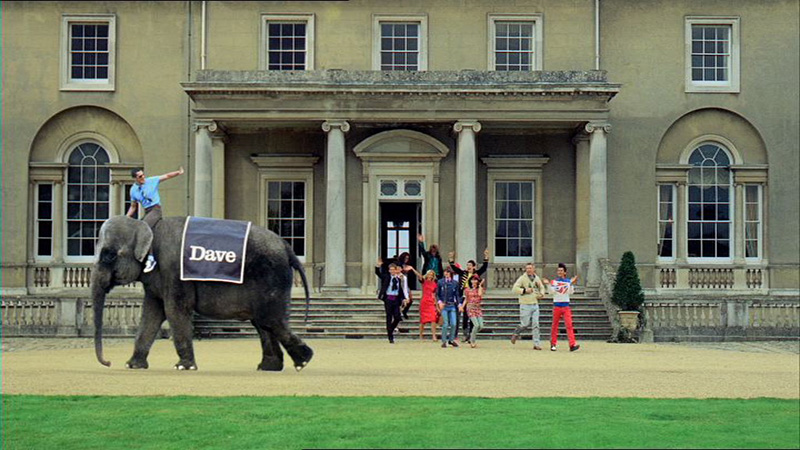
Our Doctor Who 50th anniversary trailer also springs to mind. Beyond breaking every social media record on launch, it was made and remade by fans around the world.
Or our Olympic sponsorship work where our mass pranking of Team GB with fake brand ambassadors for sponsor Nissan led to athletes creating their own unprompted social content in the middle of the Olympic Games. It’s a great feeling when your work spreads beyond owned or paid media and starts getting shared back to you by friends in Whatsapp chat groups who have no idea that Red Bee created it.
Spotlight: Is there any work that you would say marked a clear turning point for the company?
Mawer: Being a London-based agency seeking to break into the States, two successful pitches spring to mind. Winning the launch campaign for The Crown with Netflix demonstrated our understanding of global audiences and ability to create launch spots and custom content around a major global drama series.
Secondly, our brand identity and campaign pitch to Telemundo in 2017 marked a huge turning point for us, which we didn’t realize until much later. We have been working with that marketing team ever since that pitch win, developing a really close relationship as their lead creative and strategic agency. Our first-ever Super Bowl spot with them for the last World Cup was a hugely proud moment, and working on the 2026 World Cup with them is going to be another huge step forward that we are massively excited about.
Spotlight: Can you give us a preview of what your work for the 2026 FIFA World Cup on Telemundo might look like?
We can’t share anything too specific about the Telemundo/Peacock strategy at this stage, but I think it is fair to say that it is an unprecedented moment for them both. The world’s largest sporting event is getting even bigger and is being staged ‘at home.’ We talk about this being a moment that they are hosting history.
Clearly with the Spanish-language rights, it is also about asserting the pre-eminence of watching soccer in Spanish. As one newspaper headline put it during the last World Cup, “there is nothing more American than watching soccer in Spanish.” With Bad Bunny selected for the Super Bowl half-time show and Lionel Messi continuing to break social media records, 2026 is going to be the year where – even more than before – U.S. Hispanics will be shaping sport and entertainment culture.
Spotlight: What are you anticipating for Red Bee for the next 20 years? Well, that might be looking too far forward considering how quickly things change these days. What about for the next year or two?
A big question indeed (20 years ago Netflix was still primarily a DVD-by-mail rental service!)
When we look to the future, we have to look at our future audience … our youngest audience … whose behaviour is not going to grow into that of their parents as they get older!
Younger audiences aren’t torn between personalised, digital on-demand and shared, live, real-world experiences: they want both.
For Gen Z and Gen Alpha, YouTube is television. It's won the streaming wars: one in five children heads straight to YouTube when the TV goes on and 16–24 year olds watch just 17 minutes of live TV per day. At the same time, they’re seeking connection: 91% of Gen Z workers say technology makes them feel isolated and 69% crave more face-to-face interaction, while 86% of Gen Z event goers overspend at live events because they fear missing out.
Our future audience will expect personalized, on-demand content that lets them comment AND they will want live shared experiences (on screen and IRL). Resolving this paradox means embracing hybrid brand ecosystems: deliver the immediacy and interactivity of YouTube or Twitch and create communal experiences that satisfy the need for belonging. For brand building, this demands a dynamic cultural strategy: one that balances stability with flexibility and aligns the brand’s values with evolving cultural currents. In practice, this means anchoring brands around a clear proposition while constantly adapting narratives, formats, design and activations so audiences can enjoy personalized, on-demand journeys and still come together for moments that matter.
[Cover photo caption: Andy Bryant, Aileen Madden and Charlie Mawer of Red Bee Creative]






